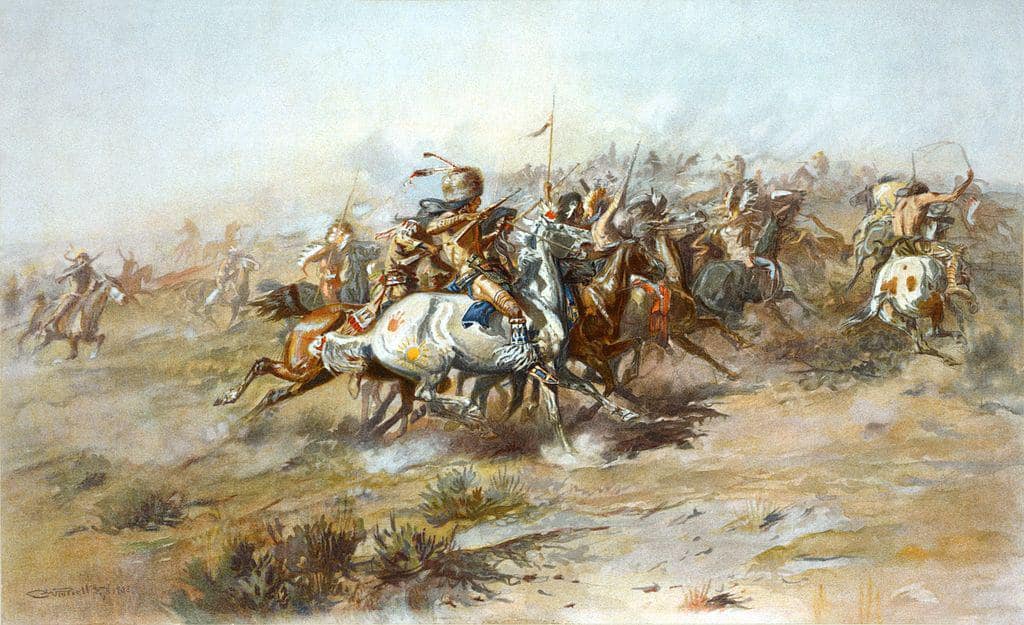Since the first Europeans reached North America and began a policy of expansion westward, there have been conflicts over lands and rights with Native American populations already living in these areas. Largely, better access to arms and resources has led to deplorable conditions for Native populations; however, amidst these battles and conflicts, there have been a number of strong and resourceful leaders and heroes.

Dragging Canoe
Dragging Canoe (1738 to 1792) was a Cherokee war leader fighting colonists in the Upper South. From 1777 onward, Dragging Canoe was the war chief of the Chickamauga Cherokee or Lower Cherokee. He worked with other tribes and British loyalists during the Revolutionary War and continued to fight to preserve the land and rights of the Cherokee.
When Dragging Canoe was only an infant, he and his mother were captured and assimilated into the Cherokee tribe. These assimilations were relatively common, and had no impact on his status among the Cherokee. Raised with the Overhill Cherokee, Dragging Canoe earned his name when he, as a boy, was allowed to join a war party if he could carry his canoe; however, he could only drag it.
Between 1759 and 1761, Dragging Canoe fought in the Anglo-Cherokee war and became the head man of a Cherokee town on the Little Tennessee River. The Cherokee allied with the British during the American Revolution, and Dragging Canoe fought a number of successful battles, gaining and even reclaiming land from colonists.
Following the American Revolution, Dragging Canoe continued to fight with colonists to maintain Cherokee control of their lands, but was less successful, being forced to resettle his people on more than one occasion. After the destruction of a number of Cherokee towns during the Revolutionary War, Dragging Canoe moved his people to settlements in the area of modern-day Chattanooga. These settlements gave the group the name the Chickamauga Cherokee, for the nearby Chickamauga Creek. Later, the group moved further downriver, creating a number of new settlements.
He navigated successful alliances with other tribes in the area, including the Muskogee and the Choctaw. Dragging Canoe died of exhaustion or perhaps a heart attack after a night spent dancing to celebrate the success of this alliance.

